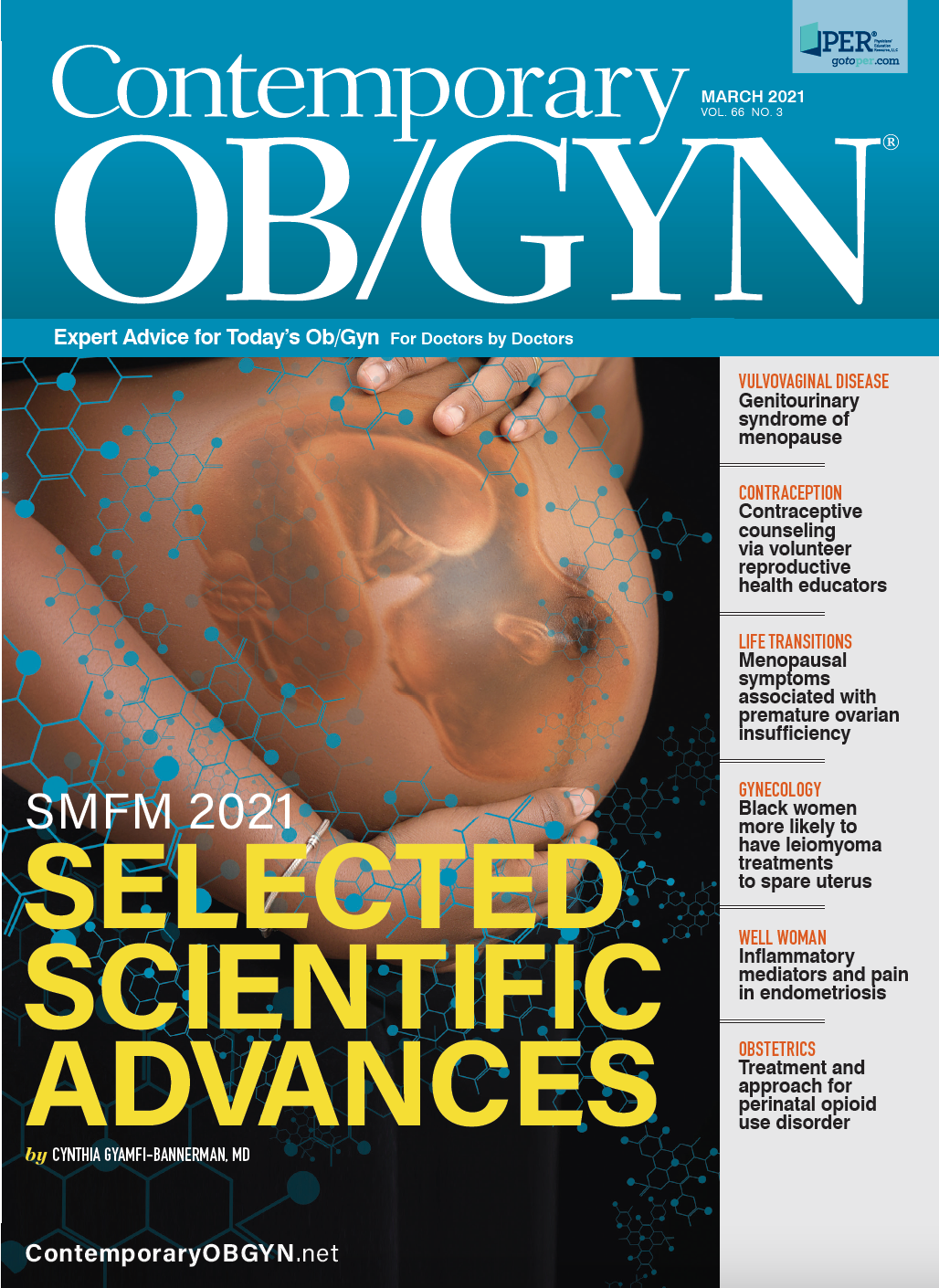Inflammatory mediators and pain in endometriosis
For treating inflammatory pain in endometriosis, inflammatory factors that promote angiogenesis and neuroangiogenesis are encouraging targets, according to a systematic review in the journal Biomedicines.
“It is well established that inflammatory mediators promote angiogenesis and interact with the sensory neurons inducing the pain signal,” wrote the authors. “The inhibition of inflammatory mediators' synthesis might offer a novel and effective treatment of the pain that is caused by inflammation in endometriosis.”
A database search of PubMed, Scopus and Europe PMC for articles appearing between January 2016 and December 2020 yielded 56 articles for inclusion.
The authors found that the CXC chemokine family, chemokine fractalkine and prostaglandin E2 (PGE2) all play an active role in the induction of pain.
CSC chemokines are the link between inflammation and angiogenesis, with CXCL9 especially shown to promote liver fibrosis in animal models.
“Thus, the upregulation of these molecules in endometriosis is in accordance with the fibrogenesis event,” wrote the authors. “Therefore, their inhibition should be explored as a possible way to suppress fibrogenesis, which could be the primary level of neuroangiogenesis and the induction of pain.”
Similarly, the concentration of PGE2 in the peritoneal fluid is higher in women with endometriosis and contributes to the survival and growth of endometriosis lesions.
The authors advocate research in developing selective inhibitors that suppress the synthesis of PGE2 in endometriosis, in order to better understand its effect in inducing chronic pelvic pain.
The authors also promote defining the dominant cytokine in the disease process, so that the inhibition of cytokines can be used as a tool to suppress an inflammatory response and relative pain in endometriosis.
Meanwhile, interleukin 1 beta (IL-1β) appears to be the primary IL associated with the risk of endometriosis, which stimulates the majority of the inflammatory factors that contribute to neuroangiogenesis along with IL-6.
Several studies concluded that IL-6 is overexpressed in endometriosis, but that the level of its expression depends on the disease’s severity. The expression of IL-1β also appears to depend on the stage of the disease and stimulates the upregulation of biomolecules that induce pain.
However, the role of the novel neurotransmitter nerve injury-induced protein 1(Ninj1) and brain-derived neurotrophic factor (BDNF) proteins needs further investigation. But coupled with other activities, Ninj1 seems to enhance the innervation under the known inflammatory conditions that are present in endometriosis lesions.
Targeting inflammatory mediators may result in efficiently treating pelvic pain in endometriosis, according to the authors.
Three ways that inflammatory mediators cause peripheral sensitization and trigger the central nervous system (CNS) are the activation of afferent nerves, the cytokine transporters at the blood-brain barrier, and the activation of IL-1 receptors on perivascular macrophages and endothelial cells of brain venules.
The secretion of inflammatory mediators is in response to the stimulation by macrophages and biological molecules, including estrogen and the mediators themselves.
“This process is a loop of events that is not easy to break,” wrote the authors. “Therefore, a multi-target therapy seems to be the most promising approach in the treatment of pain in endometriosis and research should focus on this direction.”
__
Machairiotis N, Vasilakaki S, Thomakos N. Inflammatory mediators and pain in endometriosis: a systematic review. Biomedicines. 2021 Jan 8;9(1):E54. doi:10.3390/biomedicines9010054

AI helps improve detection of congenital heart defects on prenatal ultrasounds
January 31st 2025AI-assisted software improves clinicians' detection of congenital heart defects in prenatal ultrasounds, enhancing accuracy, confidence, and speed, according to a study presented at SMFM's Annual Pregnancy Meeting.
Read More
